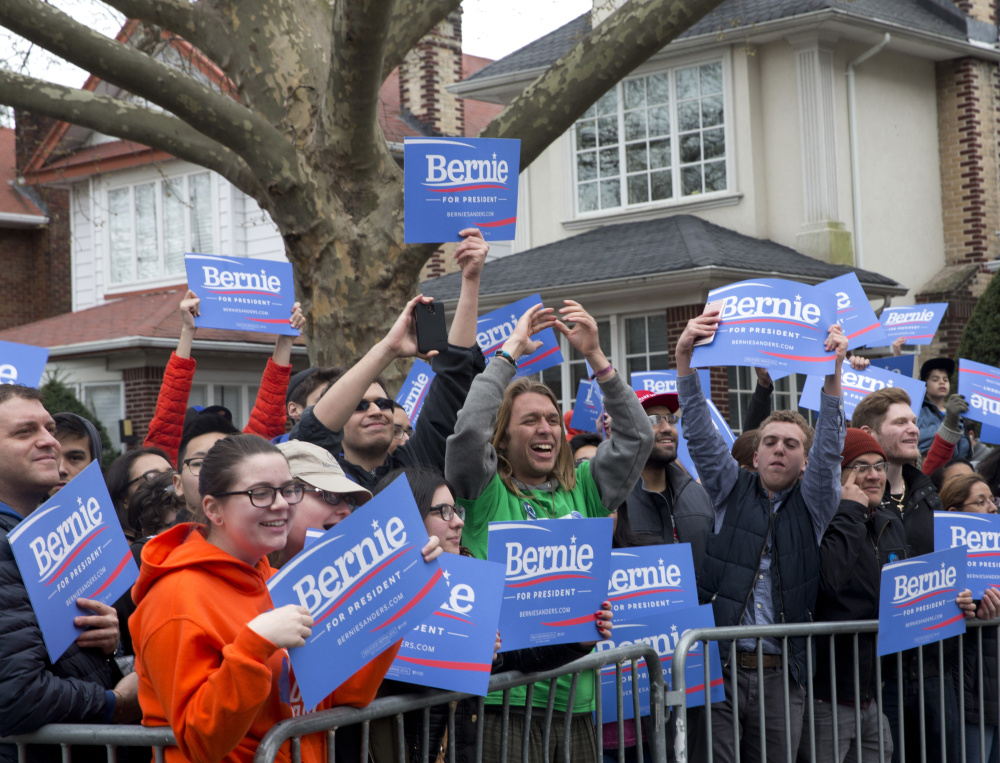The term “millennial” comes with many different connotations.
They like socialism. They don’t eat breakfast cereal. They save more money than previous generations. They enjoy a work-life balance, and they often don’t think they’re millennials.
Now, they’re the largest living generation in the United States.
Pew Research Center broke down population estimates released earlier this month by the United States Census Bureau. For this exercise, the millennial generation included anyone who was 18 to 34 years old in 2015. Therefore, the oldest millennial was born in 1981 and the youngest in 1997.
By that definition, there are now 75.4 million living millennials, which is a half-million more than the 74.9 million living baby boomers, who were defined as anyone who was 51 to 69 years old in 2015. The interim generation – Generation X – is projected to follow suit and surpass baby boomers by 2028, Pew also projected.
This, of course, was bound to happen.
But the number of millennials is rising partly due to an influx of young immigrants, according to Pew. A 2014 White House report on millennials stated, “Millennials are immigrants or the children of immigrants who arrived in the United States as part of an upsurge in immigration that began in the 1940s. The share of people age 20 to 34 who were born in a foreign country is now around 15 percent – much higher than it was in 1950 and near the peak of almost 20 percent seen in 1910 during the last great wave of immigration to the United States.”
The generation’s population is expected to peak in 2036 with 81.1 million living members, when the oldest millennial is 56. For context, the baby boomer generation peaked in 1999 with 78.8 million members.
In 2015, millennials became the largest generation in the American workforce, Pew reported.
As the country moves forward on issues like marijuana legalization and same-sex marriage, the shifting population could have major political implications. A Gallup poll from last October found 71 percent of them supported marijuana legalization. That same year, Pew found 70 percent were in favor of gay marriage.
Hispanic millennials, in particular, are likely to be a rising influence in upcoming elections. This year, 44 percent of the 27.3 million eligible Hispanic voters are millennials, according to Pew Research Center Hispanic Trends. That’s about 12 million votes, which are focused heavily in California, Texas and New York.
The Democrats have noticed and are creating an organization called “Battleground Texas” with the goal of engaging young voters in that state – particularly Latino voters – Politico reported.
Of course, political changes aren’t the only ones that might be wrought by millennials.
The younger generation may change the banking industry by forcing banks to become more mobile. A report cited in Money by Mitek Systems and polling firm Zogby Analytics found that “54 percent of millennials would pay for goods using their smartphone as a mobile wallet instead of credit cards.” Forbes suggests the generation may force fast-food chains to adopt higher quality ingredients. The Atlantic predicts “that the look and feel of work will undergo a dramatic makeover under the millennial generation.”
Send questions/comments to the editors.



Comments are no longer available on this story